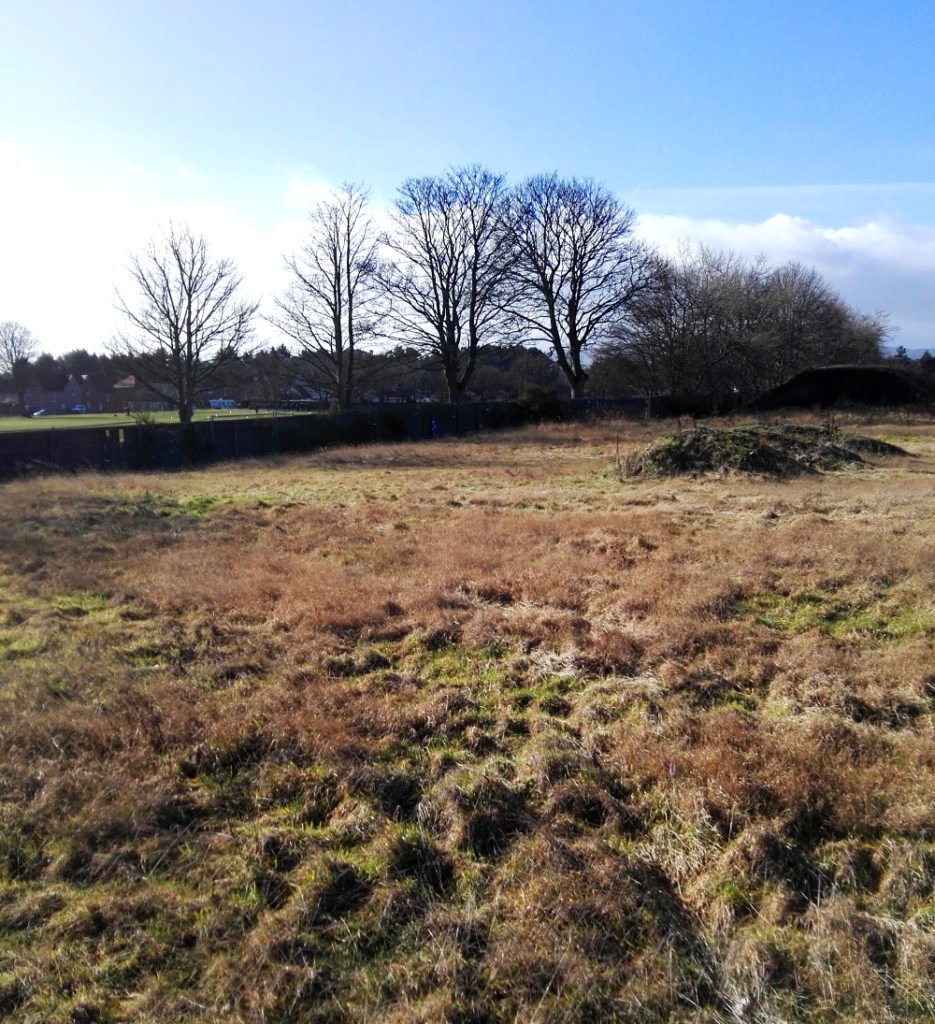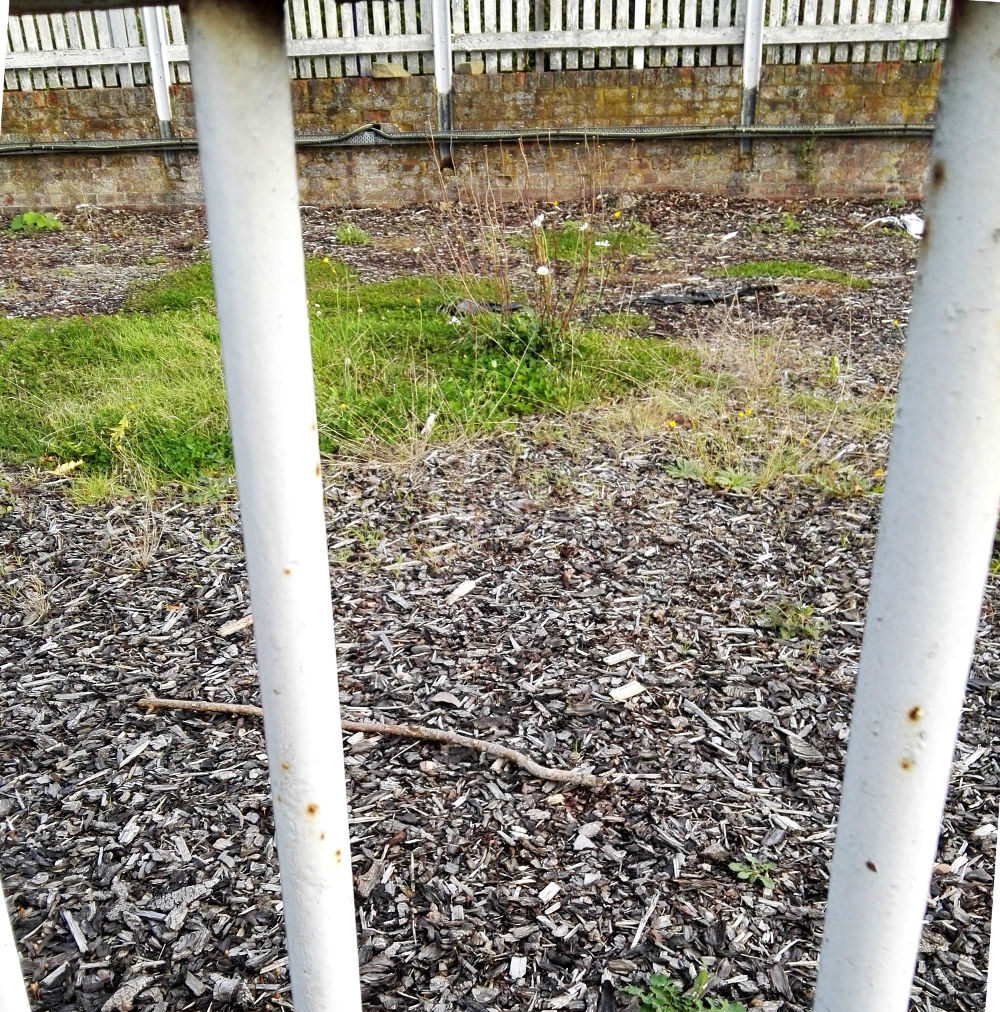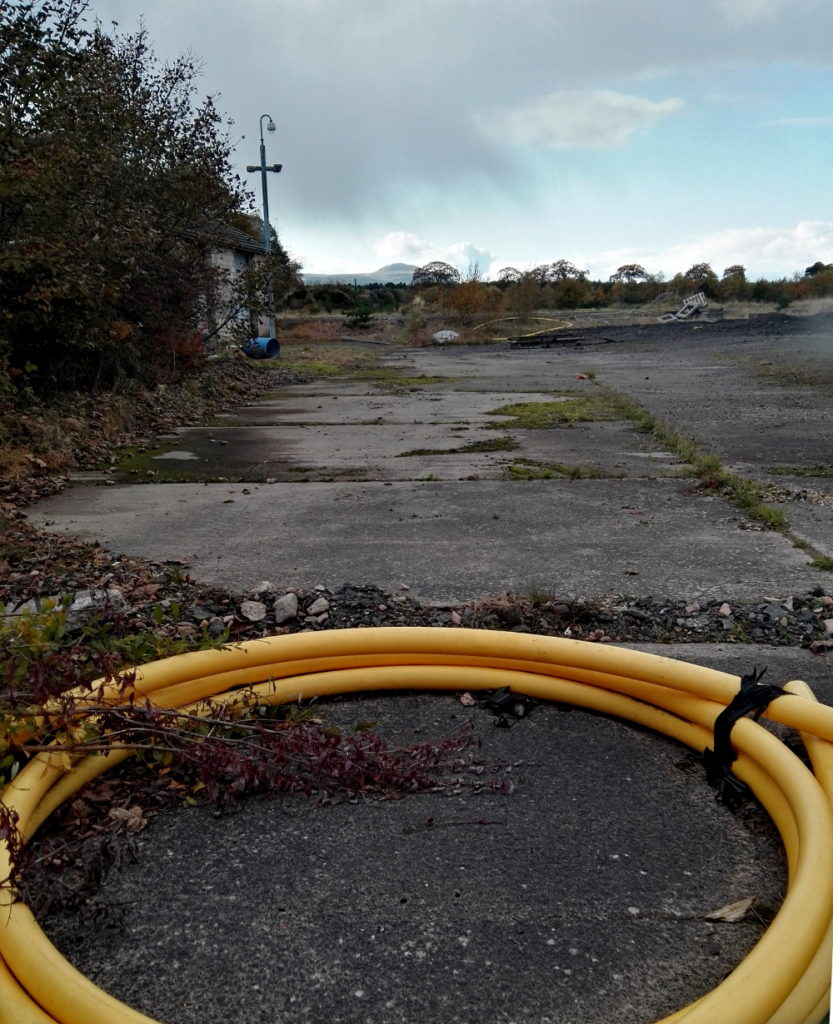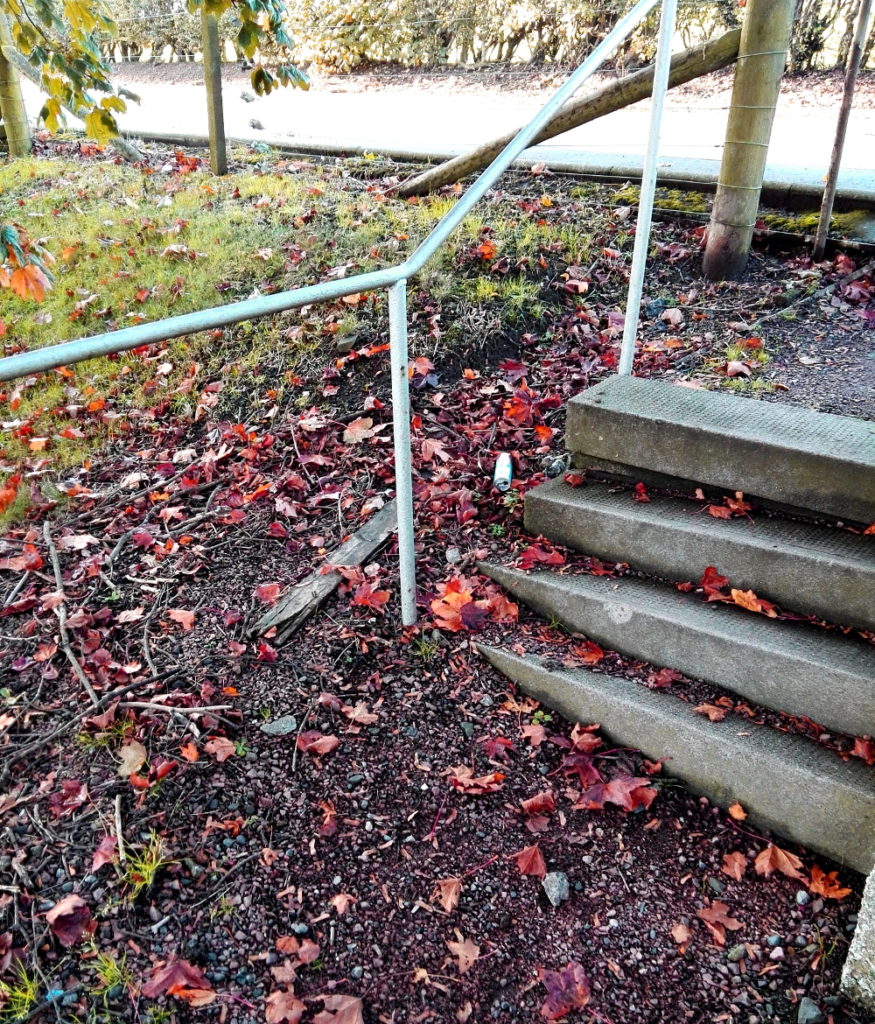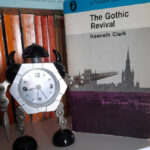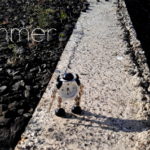This piece of writing was originally supposed to be posted in September, then at Halloween, but now that it’s finally finished maybe November is the right time after all. It’s about those nameless places that are nowhere, or even the ‘middle of nowhere’, and maybe places feel most like nowhere – or, nowhere feels most itself – in November, when as Ted Hughes wrote:
“… After long rain the land
Was sodden as the bed of an ancient lake,
Treed with iron and birdless”
Ted Hughes, ‘November’ from Lupercal (1960) Faber & Faber, p.49 (my copy is from 1985)
This was, pompously, to be a ‘photo essay’, but the photos are – necessarily I think and not unintentionally – a bit drab and nothingy, so I wrote this too. Firstly, I should explain what I mean by ‘nowhere’ and concede straightaway that by now there probably isn’t a place in the world truly deserving that non-name, let alone in a land mass as relatively small and densely populated as Britain, where if nothing else, the places I have photographed could be described as being a part of Fife, a part of Scotland, etc, etc. But still; these are places that have no name that I know of (not the same as having no name, I realise), that are no longer maintained or used for anything (by human beings at least) and that don’t have any special landmarks or signs to say what they are, or were, or who if anyone owns them.
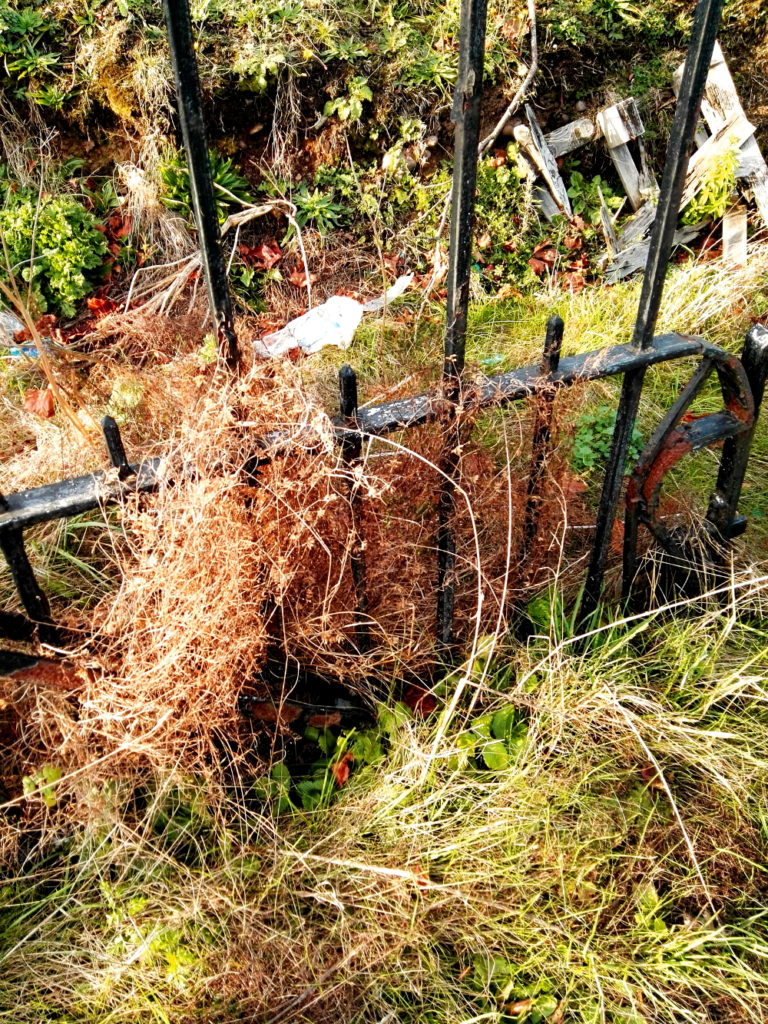
So, for instance; this is nowhere, there’s not much to see. This particular nowhere has clearly not always existed; it’s the evidence of people having once been here that makes it feel like nowhere, an abandoned place, a place that perhaps used to be somewhere, but isn’t anymore; absence rather than simple emptiness. Unique in its details and at the same time interchangeable with other nowheres, like the nowheres of your childhood; places that writers (especially horror writers) call ‘vacant lots’ or ‘disused yards’, although if you’re there to see them they can’t be all that vacant and if kids play there they aren’t actually disused, so much as re-used.
What was this place? It would probably be relatively easy to find out, but finding out would make it somewhere, even if the name that denoted the place was a dead, ghost name. I remember playing in ‘the factory’ as a child, but ‘the factory’ was just cracked concrete floors and crumbled remains of walls; which means that it wasn’t a factory. Pedantic, yes (always), but while the names of places like the factory are often just words: ‘gates’ or ‘ports’ that once existed or nominally ‘new’ places that are very actually very old (“The New Forest”), there are other names we use for places that are in themselves an admission that we don’t know what they are, or were.
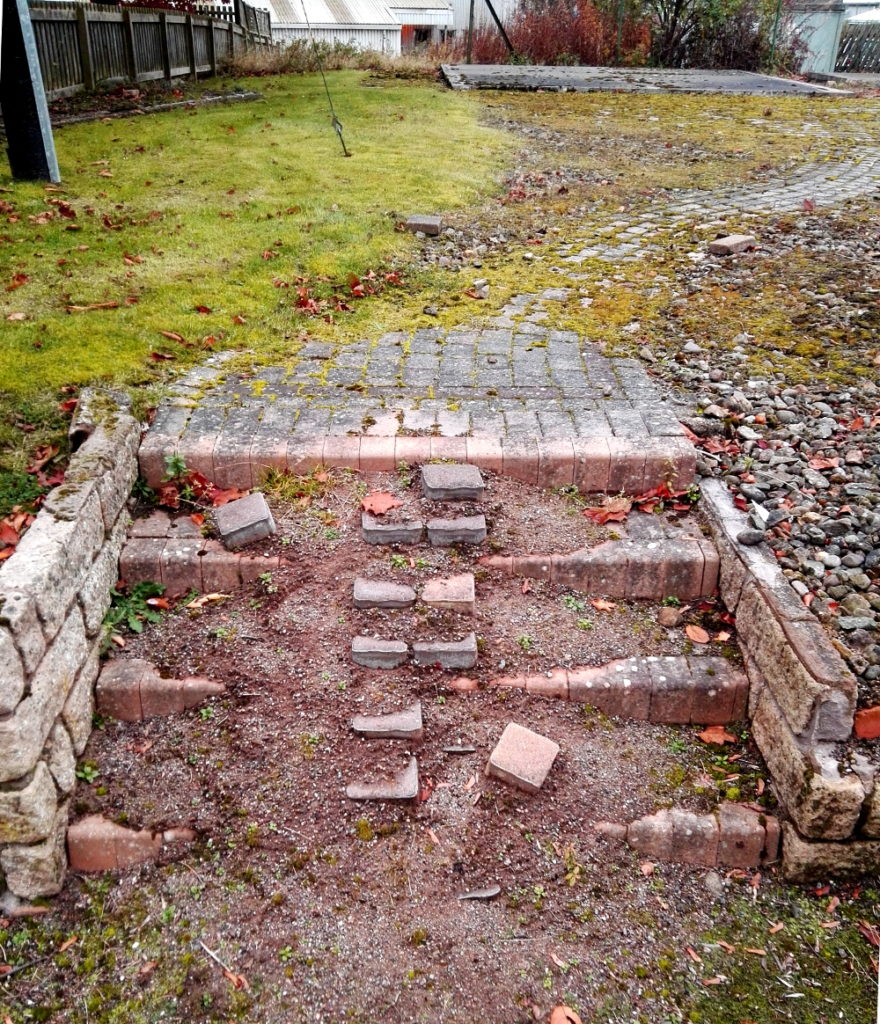
Maps mark places of significance with both of these kinds of words; the ones that mean they are somewhere we know something about (tumulus, castle, church) but also the ones that fill gaps in communal memory with blunt, easy to understand descriptions designed to keep ‘nowhere’ at bay like ruin or better yet, standing stone.
These substitute names can themselves become names through the lack of anything better; like Stonehenge, a name that literally means something like ‘stone prehistoric structure’ but, more broadly means ‘this place was important to people once’.
The fragment of path leading nowhere (see picture) doesn’t have a lot in common with Stonehenge, except that human beings made it, presumably used it, and then abandoned it*. Usually, I don’t have much time for Keats’s “negative capability”, whatever way you describe it (he famously wrote “that is, when a man is capable of being in uncertainties, mysteries, doubts, without any irritable reaching after fact and reason“) because it amounts at times to ‘ignorance is bliss’ and personally, I find the poetry of the rainbow in no way reduced by knowledge of how it ‘works’ (quite the opposite, when you consider that human beings apparently see brighter, more colourful rainbows than other creatures. Just the idea that reality is that subjective, that the number of actual colours depends on who is seeing them, feels like a metaphor waiting to happen, as well as raising the logical idea of other ‘prime colours’ that are beyond the human eye’s ability to see. I remember as a child trying to picture another colour as unrelated to blue, red and yellow as they are to each other, but mainly ‘seeing’ purple or brown; another metaphor-in-waiting maybe.
* or, more poetically, Wrætlic is þes wealstan, wyrde gebræcon/burgstede burston, brosnað enta geweorc.
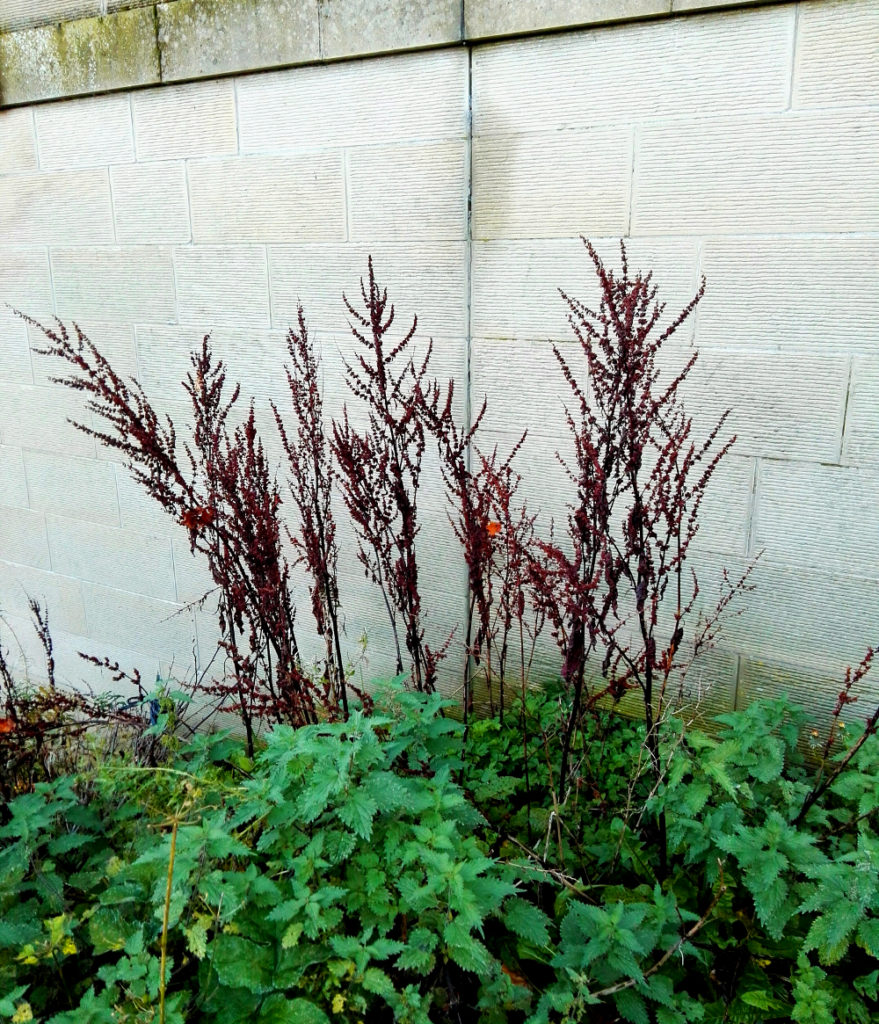
The appeal of nowhere, when it is noticed enough to have an appeal, can be the determination to see the beauty in ordinary things, like Edward Thomas’s beautifully understated/drab Tall Nettles:
Tall nettles cover up, as they have done/These many springs, the rusty harrow, the plough/Long worn out, and the roller made of stone:/Only the elm-butt tops the nettles now.
Edward Thomas, ‘Tall Nettles’ (c.1916), Selected Poems of Edward Thomas, Faber & Faber, 1964 p.35
Nowhere also has the appeal of escape, not just the escape from familiar surroundings into somewhere unknown, but maybe the actual evasion of people and consequences, as in Tom Waits’s songs about hair-raising characters dwelling on the margins of society, of which the classic example may be ’16 Shells From A Thirty-Ought-Six’ from Swordfishtrombones (1983):
Plugged sixteen shells from a thirty-ought six
And a black crow snuck through a hole in the sky
And I spent all my buttons on an old pack mule
And I made me a ladder from a pawn shop marimba
I leaned it all up against a dandelion tree……Now I slept in the holler of a dry creek bed
And I tore out the buckets from a red corvette
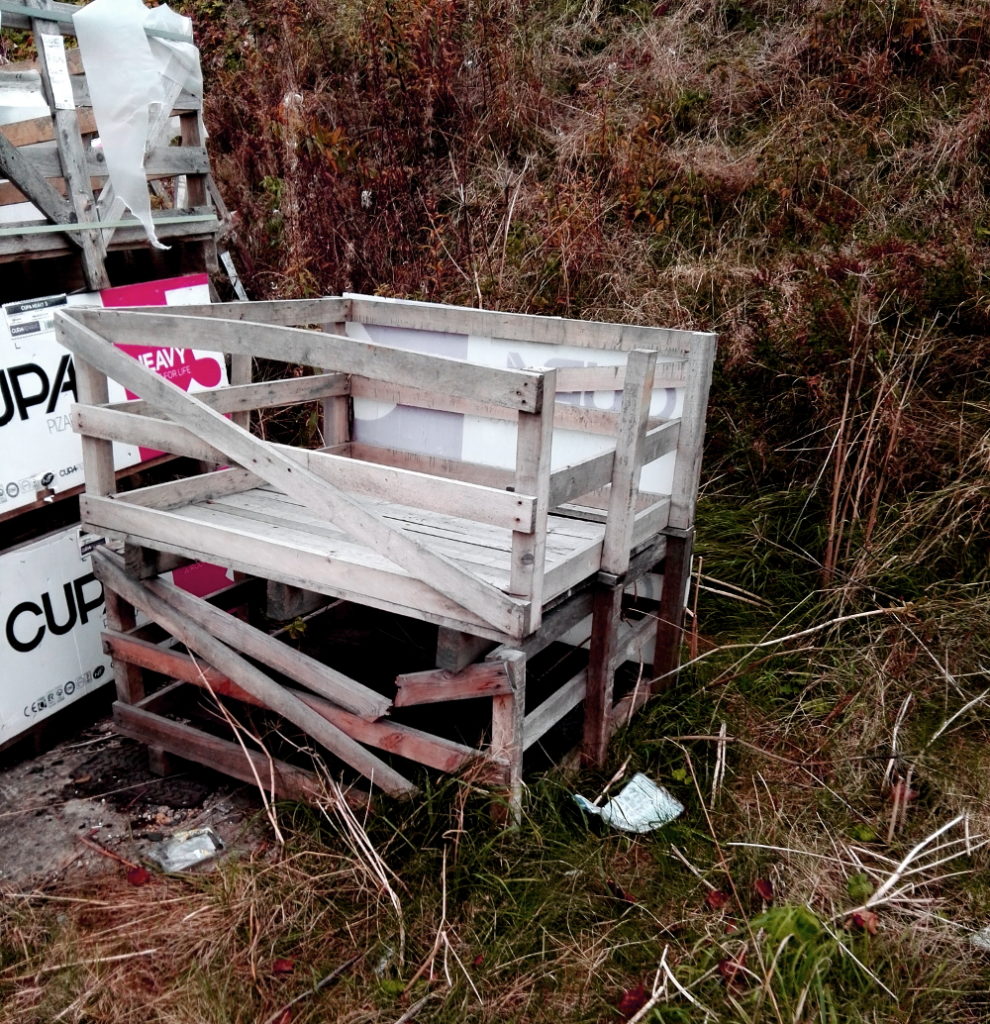
A more gothic, elaborate version of this kind of nowhere appears in Nick Cave’s early work with The Birthday Party, and is taken to a poetic extreme in his first novel And The Ass Saw The Angel (1989) set in a fantasy version of America’s Deep South. At the opposite end of the spectrum is the Thomas Hardy’s projection of how he hoped to be remembered in anthology favourite Afterwards with its accumulation of beautifully-observed everyday minutiae (“when, like an eyelid’s
soundless blink/The dewfall-hawk comes crossing the shades to alight
Upon the wind-warped upland thorn“) and its near-refrain “He was a man who used to notice such things.“
Although indebted to the poetry-is-everywhere writing of Thomas Hardy and far removed from the dramatic, lawless nowheres of Tom Waits and Nick Cave. Philip Larkin takes ‘nowhere as escape’ to its logical conclusion in poems like ‘High Windows’ (1967) with its ambivalently yearning ending:
Rather than words comes the thought of high windows:
The sun-comprehending glass,
And beyond it, the deep blue air, that shows
Nothing, and is nowhere, and is endless.Philip Larkin, ‘High Windows’ Collected Poems, Faber & Faber, 1988, p.165
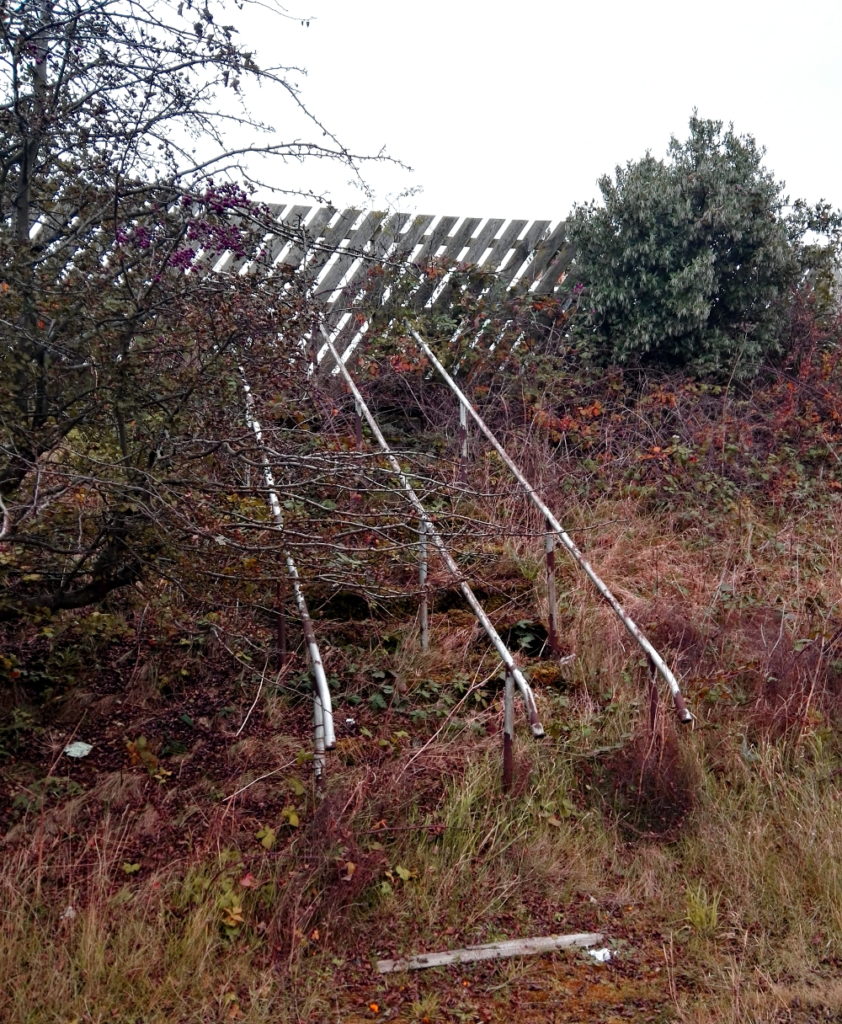
Even on a far less drastic level than Larkin’s biophobia,
‘not knowing’ is a key part of the enjoyment of being in the middle of nowhere. I write ‘not knowing’ rather than ‘mystery’, because mystery suggests a sense of excitement entirely alien to Edward Thomas’s nameless place of nettles, or this blocked off stairway (left). The pleasure of not knowing (and not wanting to know) needn’t be exciting enough to warrant being called a mystery. There’s an odd building in the local area, on a path that connects a small town with a nearby village, a couple of miles of muddy track over a hill, through woodlands and alongside some fields. The building is one room, the size of a small shed, the side walls close enough to touch with (my) outstretched hands when standing inside. It has a mangled, rusted metal door in the front; so far, so twentieth century. It’s made of (I think) concrete but, crucially, it’s shaped like a pointed arch; that seems odd. What is it? Why is it where it is, on a hill, in some woods, outside a market town? It doesn’t seem like a useful situation for anything or, anyway, a useful building beyond the sense that any shed is useful. It doesn’t seem to be connected with the farmland that surrounds it, though it could be part of an estate that no longer exists. It’s not eerie exactly (concrete, no windows; it feels more like a portaloo than a cell). But still, that odd, ecclesiastical shape. It was new once, and used for something. But now it’s in the middle of nowhere and its abandonment creates an odd pang of feeling for people and things long since lost to time; a feeling all the stronger for not being known. So in this case maybe mystery after all.
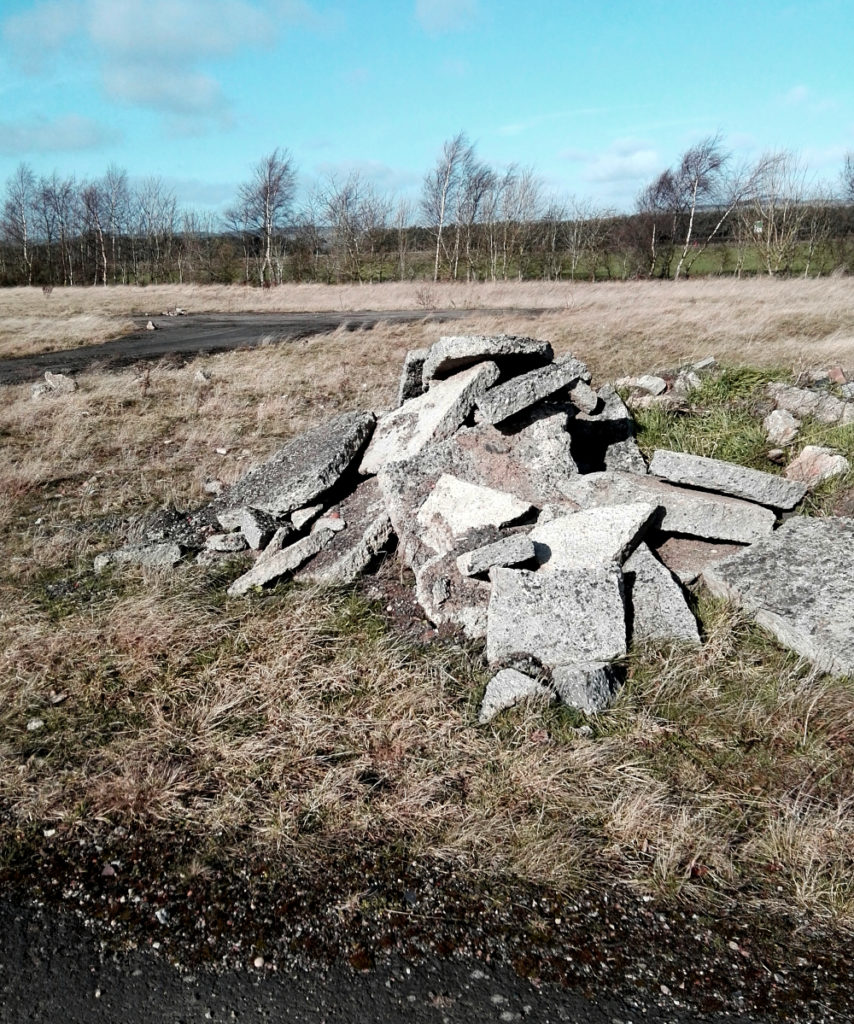
I don’t feel like that (not so much anyway) about just any building with a ‘to let’ sign on it, so why should it be easier to feel some kind of human kinship with the unknown builders of unused paths or the erectors of giant stones whose meaning is lost? Well firstly and obviously because those humans are absent and therefore not annoying; ‘human beings’ yes, but not ones with agendas, attitudes or personalities that we can know about.
And also perhaps because they aren’t around to tell us about their buildings and constructions and more importantly, to mind us looking at them.
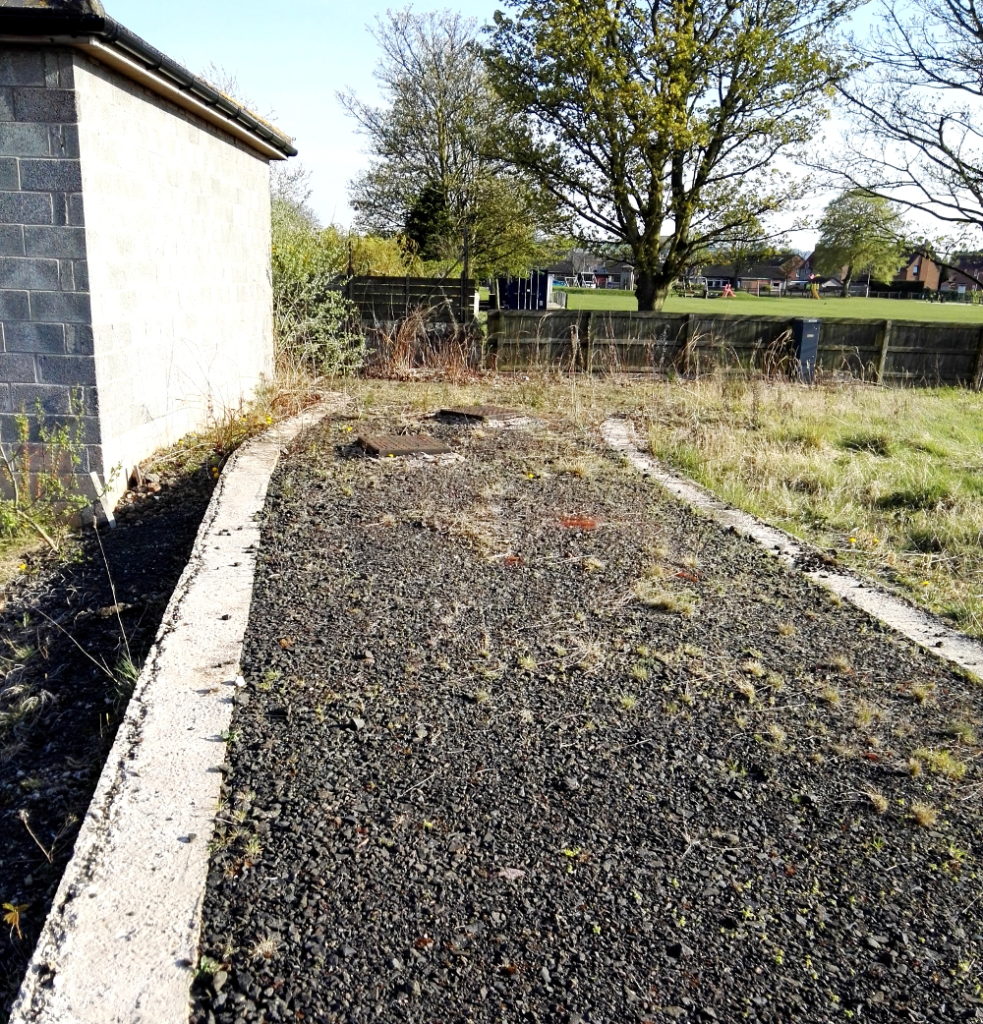
Because the ridiculous fact remains that while this place (right) is nowhere, it probably isn’t nobody’s – but ownership of places is a strange and slippery thing. When King Lear finds himself on the heath, a place between places; not a palace, not a hovel, not even a grave, which is at least something:
Thou wert better in a grave than to answer with thy uncovered body this extremity of the skies… Unaccommodated man is no more but such a poor, bare, forked animal as thou art
William Shakespeare, King Lear, Act III, Scene IV, Penguin Books, 1972, p.125
Lear is reduced (I think the right word for what Shakespeare does, though not a concept one necessarily agrees with) to the condition of an animal, albeit a more anguished one than, say, a rabbit seems to be. But crucially, up until the earlier events of the play, the King, presumably, owned this same bleak and inhospitable heath: whatever that ownership means. If a person can own a place (and clearly they can) what they can’t own, is what Shakespeare describes; someone’s experience of a place. The piece of land owned by this developer or that corporation isn’t *the same* as this piece of land with its enigmatic fragments of structures and their allusive, suggestive qualities.
Self-aggrandising perhaps, but if your life is an adventure, or at least a sequence of events in which (as Ian Livingstone and Steve Jackson would have it) YOU are the hero, then the fact remains that, whether you have deep roots in an area and a family tree stretching back to the dark ages, or you don’t even know who your own parents are, the experience of standing here, in the middle of nowhere, perceiving things with your senses and processing them with your brain, is something no-one else has ever done, and no-one else will ever do, even if everybody knows this is nowhere.
